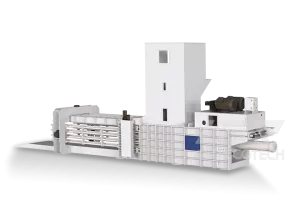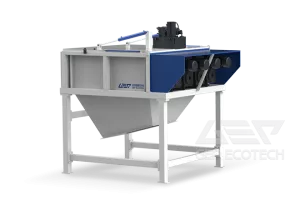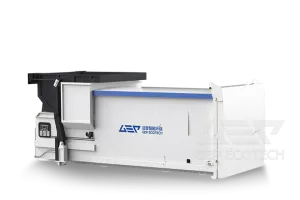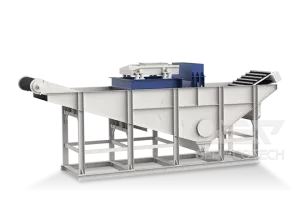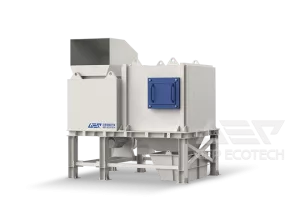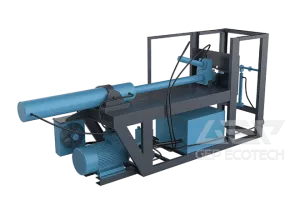There are two main sources of leather fabric waste:
(1) It is impossible for the factory to use 100% of leather fabrics in the processing and production of leather fabrics, so some by-products or wastes are generated in the production.
(2) People's high demand for clothing will inevitably produce high elimination. Therefore, discarded clothing, shoes, hats, etc. in life are important sources of leather fabric waste.
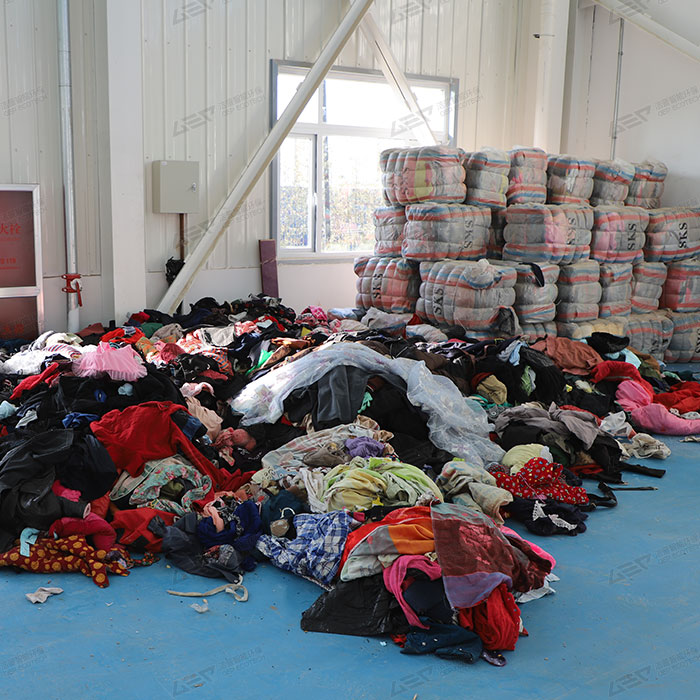
In terms of composition, leather fabric waste may be natural cotton, animal fur, silk, flax, etc., or it may be polyester, cotton, acrylic and other chemical fiber products or artificial leather. Whether it is natural or chemical products, the treatment process mainly includes the following three types:
Recycling treatment: After classification, shredding and other technical treatments. The leather fabric waste sent to a special factory can be processed into vegetable greenhouse insulation quilt, tree insulation felt, roadbed cloth, automobile interior decoration, sound insulation cotton, etc.
Incineration treatment: The leather fabric waste can be used as RDF fuel after being crushed, and even further extruded into high-calorific value fuel rods. In addition, domestic waste is mixed with a large amount of old clothes and other leather fabric wastes, which can be made into RDF together with plastics, paper skins and other materials after crushing and sorting, or they can be directly crushed and incinerated.
Pyrolysis treatment: The main components of leather fabric waste are organic matter, so pyrolysis technology can be used to obtain useful substances such as combustible gas and liquid, and achieve the purpose of reduction and harmlessness. However, whether it is distillation, low-temperature pyrolysis, medium-temperature pyrolysis or high-temperature pyrolysis, the materials are required to reach a certain particle size to facilitate the feeding and ensure the smooth and full progress of the pyrolysis process.
It can be seen from the introduction of the above three common treatment processes that, no matter what kind of treatment process wants to achieve an excellent treatment effect, shredding plays an extremely critical and important role. However, the leather fabric has material characteristics such as very good flexibility, high strength, long size, and easy winding, which makes it very difficult to shred. In summary, although leather fabric is a kind of energy with high calorific value, its crushing treatment is a difficult problem for the solid waste recycling process.
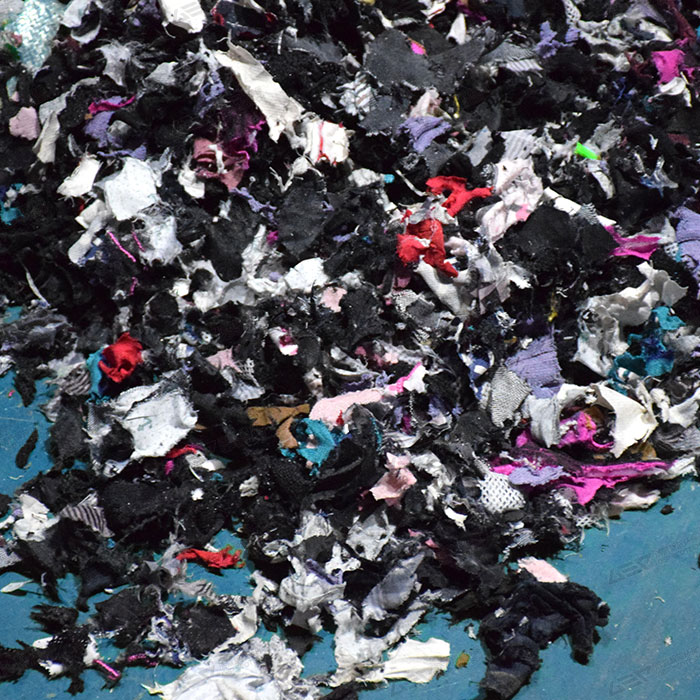
The flexibility of leather fabric waste determines that its optimal crushing principle is "shearing", and its high-strength characteristics determine that its crushing requires large shearing force, especially when it is laminated, rolled, or bundled. The GD double-shaft shearing shredder perfectly combines the characteristics of large shearing force and high strength, and has excellent performance in many leather fabric disposal projects. If you want to know more, contact us to learn more about it!


